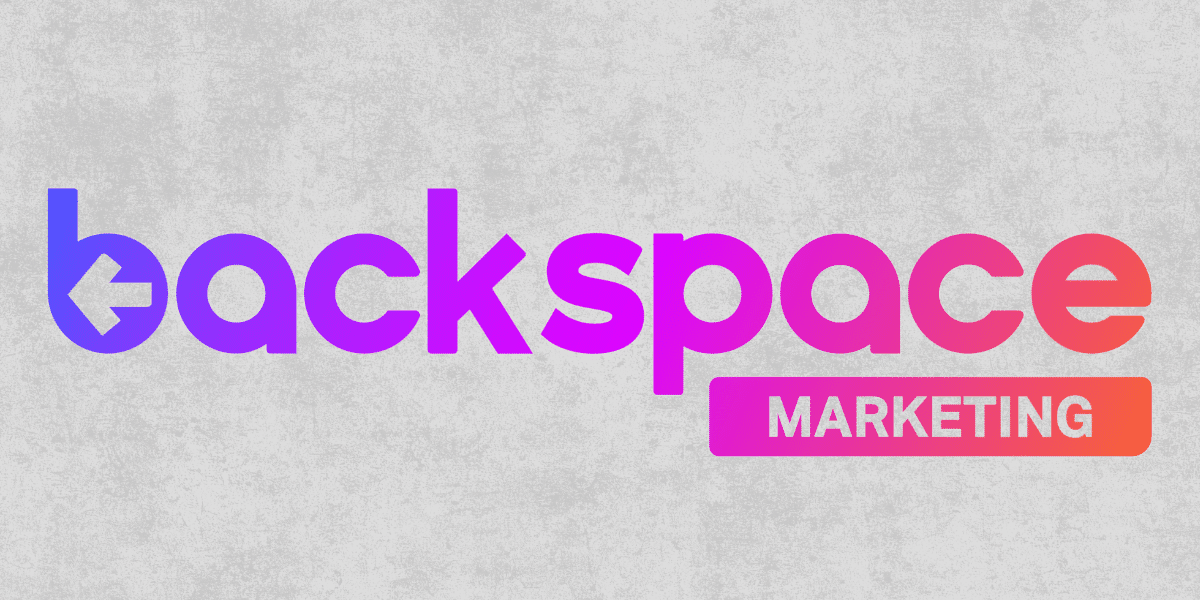In the past decade, the rise of streaming services has revolutionized how audiences consume media. Platforms like Netflix, Amazon Prime, Disney+, and Hulu have become household names, offering vast libraries of content at viewers’ fingertips. However, as the number of streaming services continues to grow, a new phenomenon is emerging: streaming fatigue. This article explores whether audiences are feeling a streaming fatigue, the causes behind it, and potential solutions.
The Rise of Streaming Services
The proliferation of streaming services has been nothing short of explosive. What started with Netflix in the late 2000s has expanded into a crowded marketplace with dozens of options. Each service competes for viewers’ attention with exclusive content, leading to an overwhelming amount of choices.
Streaming platforms boast extensive libraries, including movies, TV shows, documentaries, and original programming. This abundance of content was initially appealing to consumers seeking variety and convenience. However, the sheer volume of available media can now be overwhelming.
Causes of Streaming Fatigue
One primary cause of streaming fatigue is the paradox of choice. With so many options available, viewers often spend more time deciding what to watch than actually watching. This can lead to frustration and a sense of being overwhelmed. The effort required to sift through countless titles can diminish the enjoyment of streaming.
As more streaming services emerge, each with its own subscription fee, the cost to consumers adds up. Managing multiple subscriptions can be financially and logistically burdensome. Viewers may feel pressured to subscribe to multiple services to access all the content they want, contributing to streaming fatigue.
The constant influx of new content can make it difficult for viewers to keep up. Binge-watching has become a common practice, but the relentless release of new shows and movies can lead to burnout. Viewers may feel compelled to watch quickly to stay current, which can turn leisure into a chore.
With so many streaming options, viewers might find themselves spending excessive amounts of time watching content. This can lead to a sedentary lifestyle and less time spent on other activities, such as socializing, exercising, or pursuing hobbies. The overconsumption of media can impact overall well-being and contribute to fatigue.
Impact on Viewers
Decision fatigue occurs when the mental energy required to make choices becomes exhausting. The endless scrolling and decision-making associated with streaming can drain viewers, making it less likely they will enjoy the content they choose. This can reduce overall satisfaction with streaming services.
As viewers grapple with too many options and subscription costs, their satisfaction with streaming services may decline. Instead of feeling entertained and relaxed, they may experience stress and dissatisfaction. This negative experience can lead to decreased loyalty to streaming platforms.
Increased screen time is another consequence of streaming fatigue. Prolonged exposure to screens can have adverse effects on physical and mental health, including eye strain, sleep disturbances, and reduced attention span. Concerns about these impacts can further contribute to streaming fatigue.
Potential Solutions
One solution to streaming fatigue is better content curation. Streaming platforms can use algorithms and human curation to recommend content tailored to individual preferences. By presenting fewer, more relevant choices, platforms can help reduce the paradox of choice and enhance viewer satisfaction.
To address subscription overload, some companies are offering bundled services. By combining multiple streaming platforms into a single package, viewers can access a variety of content for a lower overall cost. This approach simplifies subscription management and can alleviate financial and logistical burdens.
Streaming services can encourage viewers to take breaks and engage in other activities. This can be done through features that track and limit screen time or suggest breaks after extended viewing periods. Promoting a balanced approach to media consumption can help prevent burnout and improve well-being.
Focusing on the quality of content rather than the quantity can also mitigate streaming fatigue. Streaming platforms should prioritize producing and acquiring high-quality, engaging content that resonates with viewers. This approach can foster loyalty and satisfaction without overwhelming audiences with too many options.
Streaming fatigue is a growing issue as the number of streaming services and the volume of content continue to expand. Causes include too many choices, subscription overload, content overload, and decreased quality time. The impact on viewers includes decision fatigue, reduced satisfaction, and concerns about screen time. To combat streaming fatigue, platforms can improve content curation, offer bundled services, encourage breaks, and focus on quality over quantity. By addressing these challenges, streaming services can enhance the viewing experience and maintain audience engagement in the long term.














